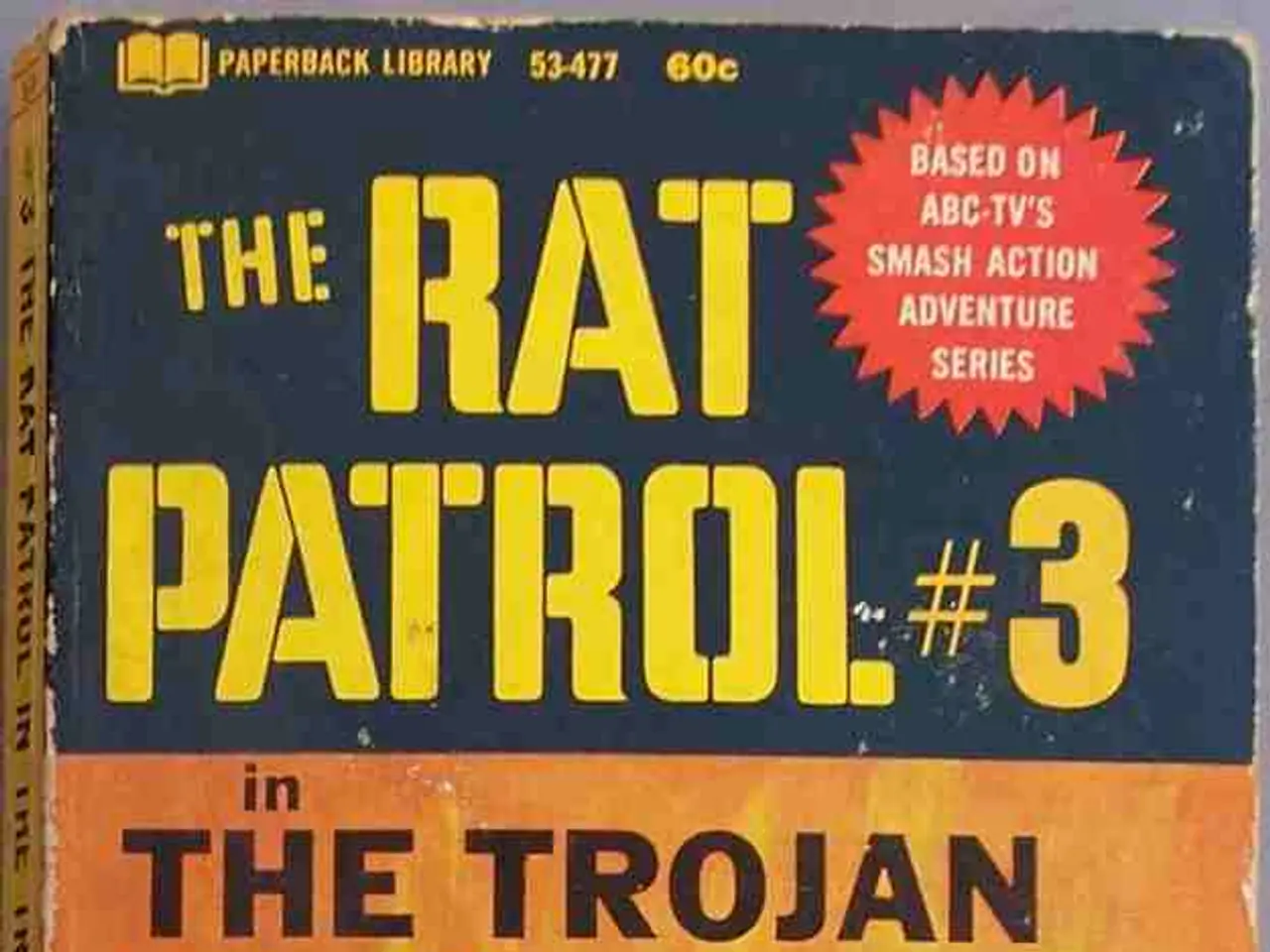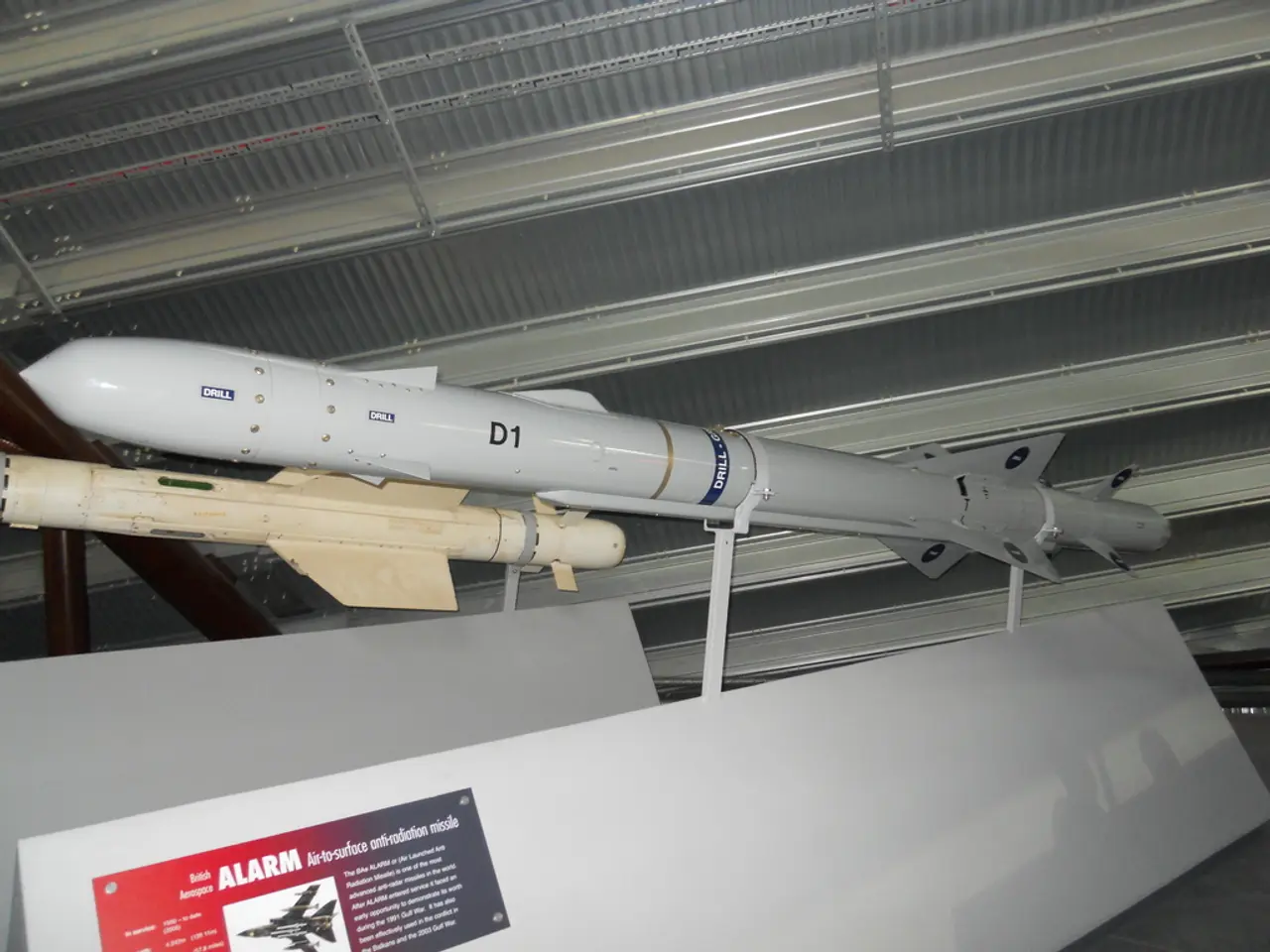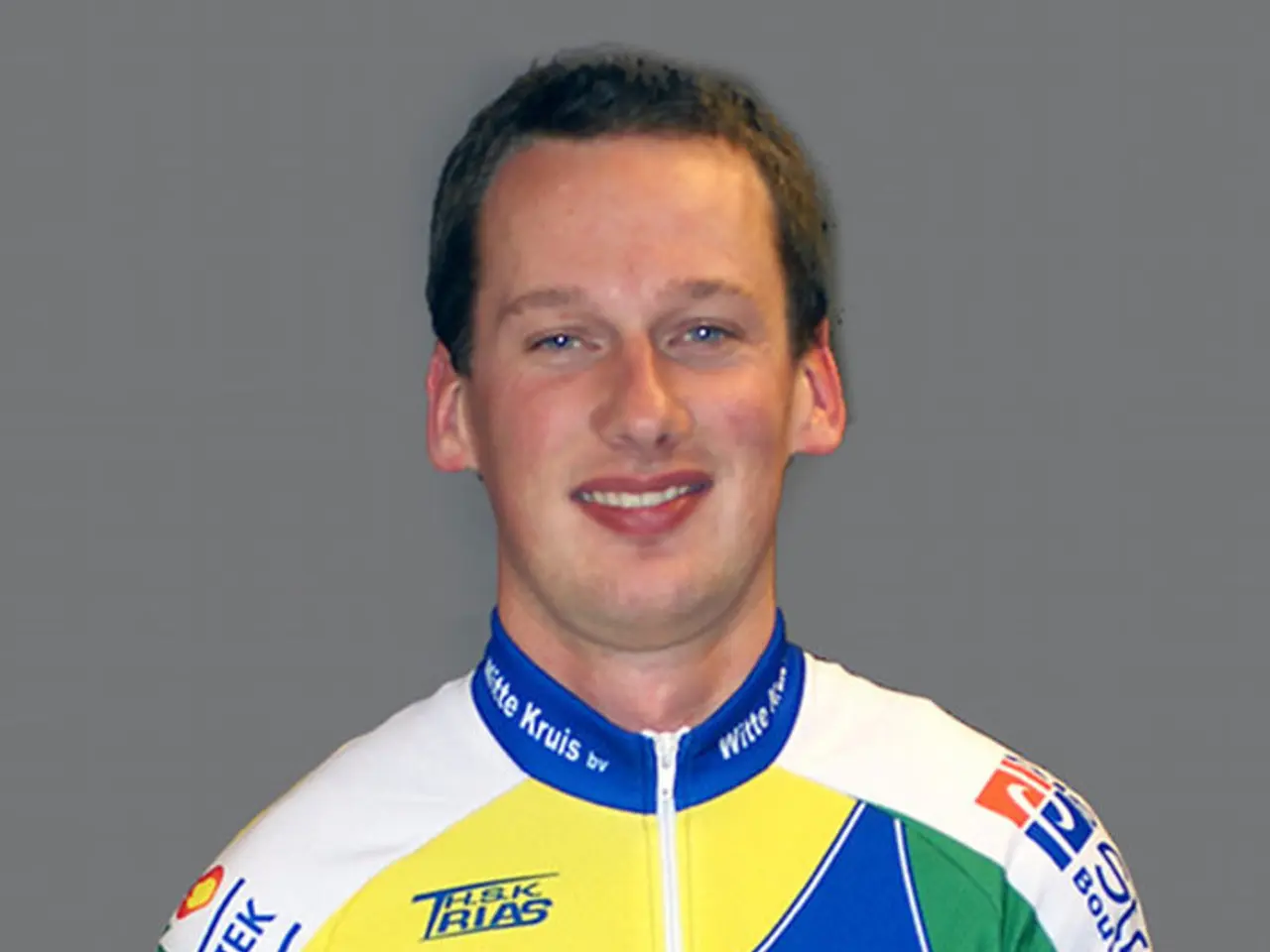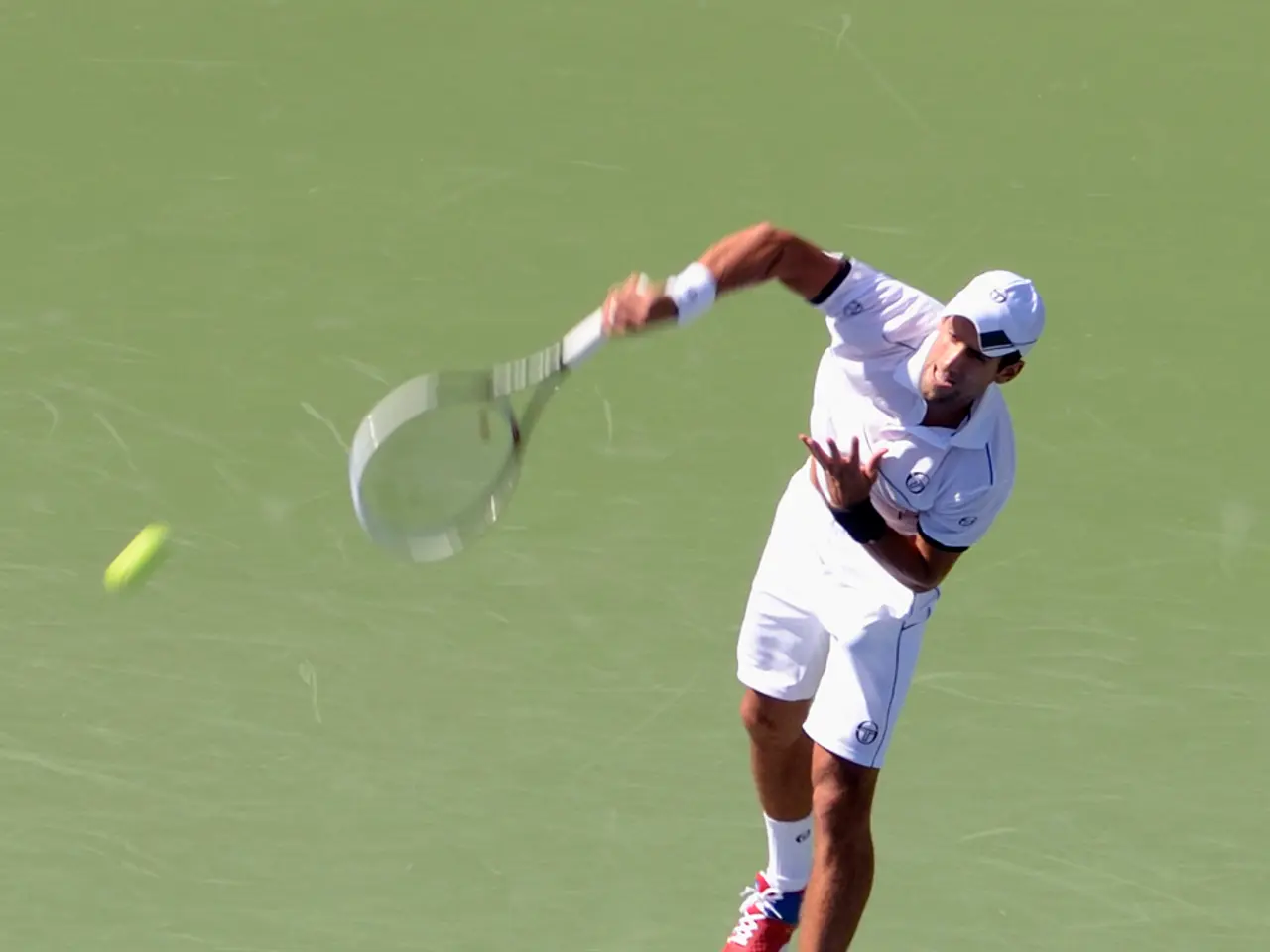Conflict in Post-Soviet Union: Ukraine and Russia
Volodymyr Zelensky, a comedian with no prior government experience, was elected president of Ukraine in 2019. His presidency, however, has been marked by more than just the visible frontline fighting. According to a report by Nadia Bancik, Zelensky’s presidency has been shaped by secretive, political, and ideological struggles within the broader Russian-Ukrainian context, often referred to as the "covert civil war."
Zelensky's election victory was unprecedented, with 73% of the vote in the second round. His rise to power, however, may have been part of a political strategy, as suggested in reports that he worked at Kolomoisky's TV channel and his TV series, Servant of the People, may have been a stepping stone to the presidency. Kolomoisky, a powerful oligarch, is believed to have organized the project for Zelensky to become "his own president."
The first year of Zelensky's presidency saw several attempts at compromising with the Russian side, including prisoner swaps and meetings in the "Normandy format." However, these efforts were met with resistance from within Ukraine, particularly from the pro-Russian part of the country that fought adamantly against the reforms and Zelensky personally.
In Ukraine, the secret communist structures have big media, big business, and the "oligarchs" on their side. This was evident in Zelensky's enemies, such as Ihor Kolomoisky, a powerful oligarch who co-owned the country's biggest private bank and sponsored several volunteer battalions during the war in Donbass.
Zelensky found himself in a difficult situation, as he is inexperienced and surrounded by political and diplomatic challenges. His main campaign promises included stopping the war in Donbass, reviving the economy, and uprooting corruption. However, one year later, his popularity rating fell significantly, and he is now under sharp criticism.
The "covert civil war" in Russia and Ukraine, as described in Bancik's report, refers to the complex and often hidden conflict involving internal divisions within both countries that go beyond the open military confrontation in Eastern Ukraine and Crimea. This war is "covert" because it involves secretive, political, and ideological struggles within both countries, including competing factions, intelligence operations, and efforts to influence or destabilize governments via covert means rather than overt warfare alone.
Understanding this conflict requires a keen awareness of political science and counterintelligence. The Soviet Union exemplified a disintegrating police state, with a covert civil war following its collapse. Accounts by Wisła Suraska and Anatoliy Golitsyn offer insights into this conflict.
Suraska's book, "How the Soviet Union Disappeared," offers insights into factions within Russian society and government that have differing goals and approaches to Ukraine, suggesting that Russia is not monolithic but internally contested between hardliners, reformists, and nationalists whose covert actions impact the conflict’s trajectory.
Golitsyn's book, "New Lies for Old," sheds light on Ukrainian efforts to counteract Russian covert influence and infiltration, illustrating the challenges Ukraine faces in maintaining sovereignty and political stability amid ongoing clandestine operations and propaganda campaigns.
Together, their accounts enrich the understanding of the "covert civil war" as a multifaceted conflict encompassing not only open warfare but also espionage, political intrigue, and ideological battles within and between Russia and Ukraine during Zelensky’s first year.
As Zelensky navigates this complex political landscape, he becomes a symbol of the ongoing struggle between those fighting for freedom in the former Soviet Union and the hidden Soviet structures that continue to exert influence.
- Volodymyr Zelensky's election victory in 2019, with 73% of the vote in the second round, may have been part of a political strategy, suggesting that his rise to power could have been orchestrated.
- The first year of Zelensky's presidency involved several attempts at compromising with the Russian side, but these efforts were met with resistance, particularly from the pro-Russian part of Ukraine.
- Understanding the "covert civil war" in Russia and Ukraine requires a keen awareness of political science and counterintelligence, as it involves secretive, political, and ideological struggles within both countries.
- Accounts by Wisła Suraska and Anatoliy Golitsyn offer insights into factions within Russian society and government that have differing goals and approaches to Ukraine, suggesting that Russia is not monolithic but internally contested.
- Ukrainian efforts to counteract Russian covert influence and infiltration are outlined in Anatoliy Golitsyn's book, "New Lies for Old," illustrating the challenges Ukraine faces in maintaining sovereignty and political stability amid ongoing clandestine operations and propaganda campaigns.
- As Zelensky navigates this complex political landscape, he becomes a symbol of the ongoing struggle between those fighting for freedom in the former Soviet Union and the hidden Soviet structures that continue to exert influence.






